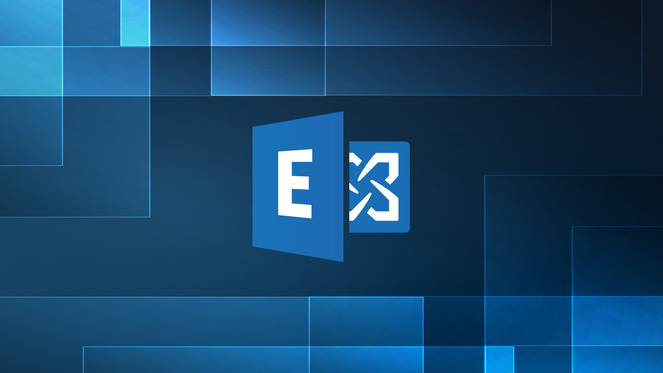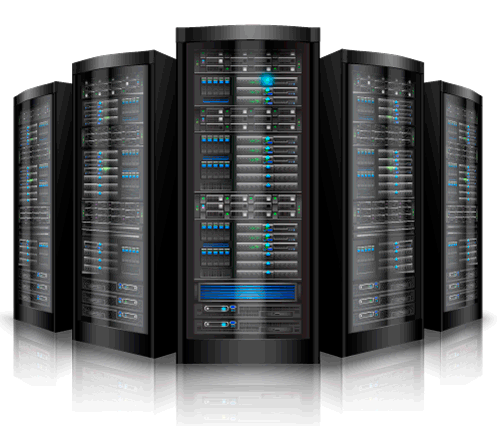On-prem infrastructure and Exchange continue to serve the messaging needs of millions of organizations worldwide. But as more IT strategies involve cloud technologies, hybrid environments and planning for the future are particularly important.
Email remains a primary vector for hackers with ransomware, impersonation and spear-phishing attacks causing major financial damage and data loss. Due to the importance of email as a communication channel, any outage is a major hit to productivity. And email contains information that must be easily accessible to respond to litigation requests and for employees to search whether they are on network or mobile.

We delivers the service bundles that on-prem and hybrid email environments demand. Our cloud email management for on-premises mail systems extends what the base email infrastructure provides – including protection against known and advanced threats, email and file archiving, and continuity in the event of a primary system outage.
- SPEAR-PHISHING AND ADVANCED THREAT PROTECTION
- AUTOMATED MAILBOX ARCHIVING
- E-DISCOVERY with preserved chains of custody for rapid litigation response
- MAILBOX CONTINUITY to keep receiving and sending email during planned and unplanned primary system outages
- SUPPORT FOR MIGRATION FROM ONE PRIMARY MAIL SYSTEM TO ANOTHER
Why Microsoft Exchange is important?
Microsoft Exchange enables email to be delivered directly to a server. It works by sending the emails back to your individual workstations in which your staff can access. Small and medium-sized companies can achieve three benefits from using Microsoft Exchange.
- Centralise emails so that they can be backed up. If you’re using an old POP3 model, you risk losing your emails. Exchange is first and foremost about centralising and backing up that information.
- Eliminate email threats before they reach your network. Exchange actively protects your communications with built-in defences against email threats. Multi-layered anti-spam filtering comes with continuous updates to help guard against increasingly sophisticated spam and phishing threats, while multiple anti-malware engines work to protect your email data from viruses.
- Shared calendars between different members of your organisation. Stay informed of what other staff members are doing. Shared calendars help companies to be more organised and productive.
- Set an out-of-office reply. A simple but useful feature. Keep your fellow colleagues, clients and sales prospects informed when you are out of the office or away on holiday.
Challenges of Microsoft Lync
- Upgrading can be difficult. The Microsoft Exchange server is a hassle to upgrade. Since it’s on a server, you need to buy the new version, back up all the old emails, and install the new version. This is time consuming and can be frustrating.
- Maintenance for local server. Since it’s hosted on a server, it requires maintenance. To combat this you can opt for Hosted Exchange and pass on the responsibility of maintenance to a professional IT services provider.
Three keys to successfully implement Microsoft Exchange
Assess requirements and determine the Exchange service model
There are three different options for Exchange.
- You can choose your own local version of Microsoft Exchange, which is just software that is installed on your server locally.
- You can choose with Office 365, which is Microsoft’s cloud version of Exchange.
- You can choose a local Australian partner and pay them to host your Exchange for you.
Speak with an IT professional to assess the requirements and see which option is best for you.
Data hosted in Singapore or Australia
We are often asked the question, “Do we choose a Singapore or Australian host?” by companies when rolling out Exchange.
You can expect to pay a premium to have your Exchange hosted in Australia, but there are benefits to keeping your data in-country and away from foreign laws and regulations. Furthermore, if you’re in an industry that has some data jurisdiction issues, you’ll definitely need to host it locally inside Australia.
Installing Microsoft Exchange
Most companies that move to Exchange are likely transitioning from POP3. To complete the migration, you need to export all your emails from POP3, and then import them into Exchange. Once that’s done, you’ll need to reconfigure all of the existing desktops to access the Exchange server. Generally speaking, your IT guy should be able to do this pretty easily.
Microsoft Exchange Solutions
Are you thinking of using Microsoft Exchange?
We have experience helping organisations make the transition can can help you see the benefits of increased efficiencies, improved productivity and minimised downtime.

